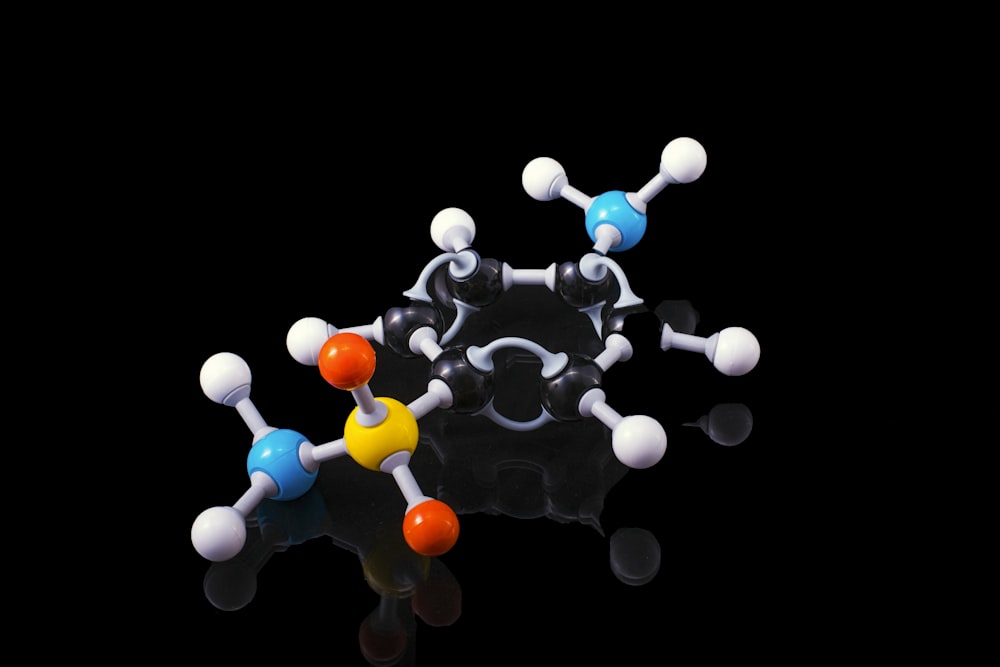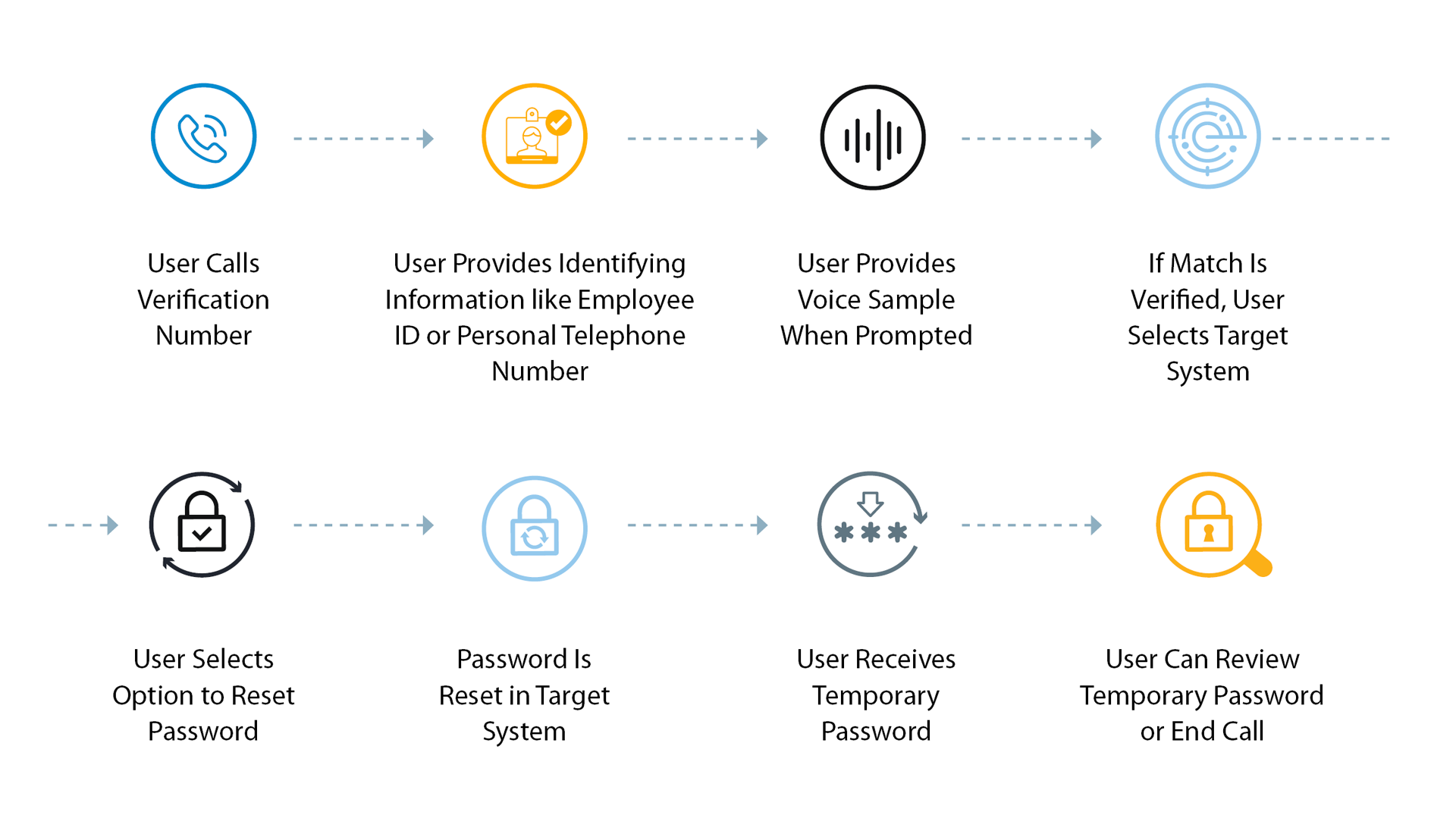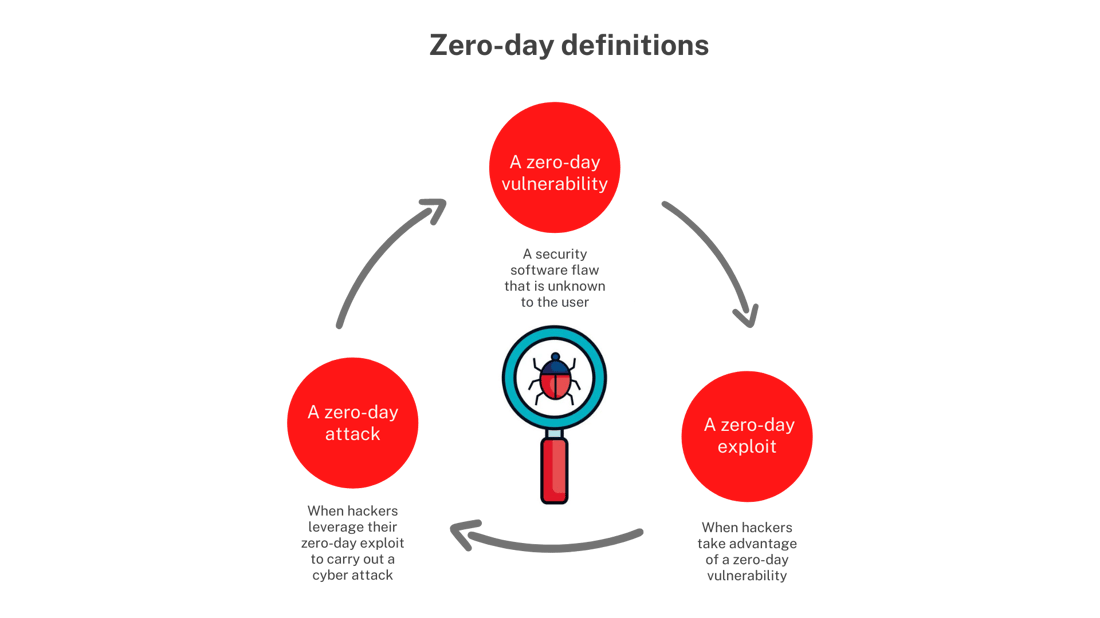What Are the Top 5 Easy and Quality Collections for the Organ From the Romantic Period?
 Many famous organ pieces from the Romantic period are inaccessible for organists whose technical skills are not yet fully developed. Such works usually have the advanced pedal part, thick chromatic texture requiring constant use of finger substitution which is necessary to achieve the perfect legato touch. Yet many organists are in need to identify the compositions which could easily be played after a little practice. In this article, I will provide a list of 5 collections from the Romantic period which are easy to learn and wonderful to listen to.
Many famous organ pieces from the Romantic period are inaccessible for organists whose technical skills are not yet fully developed. Such works usually have the advanced pedal part, thick chromatic texture requiring constant use of finger substitution which is necessary to achieve the perfect legato touch. Yet many organists are in need to identify the compositions which could easily be played after a little practice. In this article, I will provide a list of 5 collections from the Romantic period which are easy to learn and wonderful to listen to.
1) “Practical Organist” by Alexander Guilmant. A superior collection by the “Alexander the Great” of the organ which can be played either on the organ with or without the pedal division, as well as on the harmonium. Here organists will find fine short compositions suitable for liturgical organ playing, such as communions, versets, offertories, marches, postludes etc. Every piece is skillfully composed and could also be used for recitals. Perfect as a preparation for more advanced organ sonatas by Guilmant.
2) “L’Organiste” by Cesar Franck. This collection contains 7 suites of 7 pieces each intended to play on the organ or harmonium. Every suite uses different major and minor keys. Shorter works are wonderful for liturgical service playing while the larger concluding pieces at the end of each suite might sound very well during recitals as well. Perfect as a preparation for longer works of the founder of the French symphonic organ school.
3) “Heures Mystiques” by Leon Boellmann. In this collection you will find a wealth of easy and delightful short versets which you can use at various places in liturgical setting. If you like the Suite Gothique of this French composer, these versets will serve perfectly as a preparation.
4) “Music for Organ” by Jacques Lemmens. This Belgian composer is responsible for creating the first modern highly influential organ method “Ecole d”Orgue”. He methodically presents his system of playing legato on the organ which was successfully used by the later French composers, such as Franck, Widor, Vierne, and others. Like other authors of the time, Lemmens provided many versets, pieces for offertory, communion, and other liturgical occasions.
5) “Organiste Moderne” by Louis-James-Alfred Lefebure-Wely. The music of the favorite organ demonstrator of the most significant French organ builder of the period, Aristide Cavaille-Coll is very charming. The composer employs the popular harmonic language of the time which is similar to the operatic style. For today’s audiences, his music is very delightful to hear. At the same time, these pieces are easy enough to be playable by organists who have a small amount of piano background. Pedal part is easy as well.
If you regularly practice the pieces from the above collections, you will improve your legato technique and prepare for more advanced compositions from the Romantic period.
































